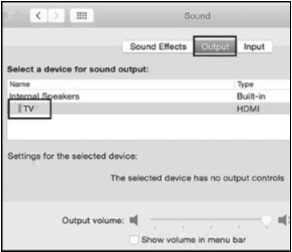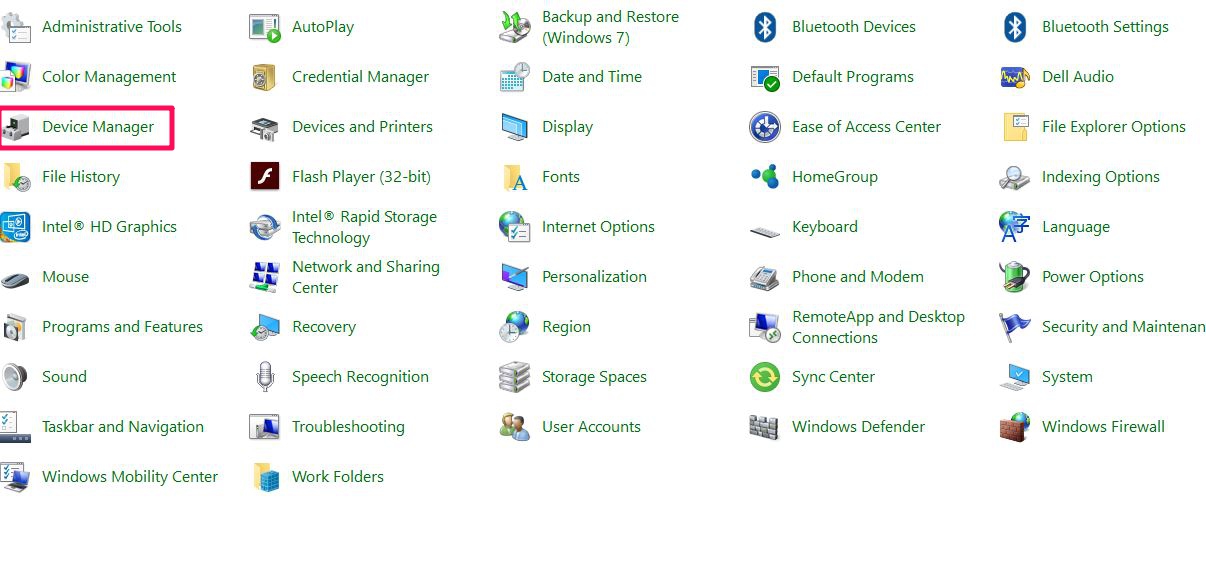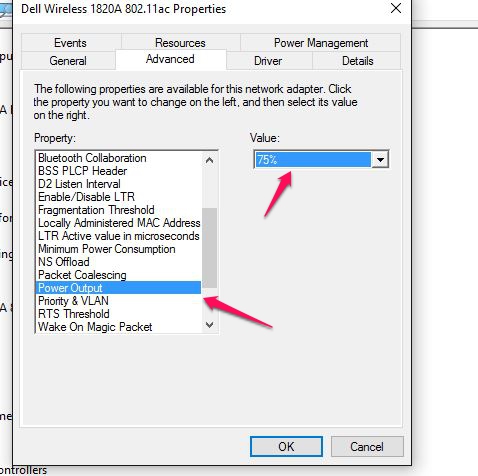This USB-C Multiport Adapter with Dual HDMI is one of the first products on the market to support the new USB Power Delivery 3.0 standard. USB PD 3.0 ensures backward compatibility with USB PD 2.0 and provides additional benefits including the Fast-Role Swap Mechanism (allows users to unplug power without interrupting the connection) and Source-Coordinated Collision Avoidance (A more robust mechanism to avoid collisions when source and sink are negotiating power signals).
System Requirements
Not all USB-C ports support all features of USB-C. Some computers and smartphones only support data over USB-C for external storage such as flash drives while some devices support video and charging over USB-C. Check the below article about the USB-C port capability. If you are not sure, please consult the manufacturer for this information.
http://kb.cablematters.com/index.php?View=entry&EntryID=86
Symptom: The Multiport Adapter is not functioning properly on a Windows computer with Thunderbolt 3. Symptoms include no video, flickering video, and an unstable USB peripheral connection.
Solution: Update BIOS, Thunderbolt 3 firmware, Thunderbolt 3 driver, and Intel Graphics Driver from the manufacturer website. For more details, refer to the articles below:
BIOS, Firmware and Driver Updates
Symptom: The Adapter is not recognized / one or more ports are not functional.
Unplug all cables and peripherals, restart the computer, and then reconnect everything.
Symptom: Second Display is not recognized by the adapter
The adapter supports connecting a single 4K Ultra HD display at 60hz. This requires a 4K capable host computer and a 4K rated HDMI cable. The adapter also supports connecting two 4K displays at 30Hz or two 1440p displays at 60Hz.
| Display Resolution | Number of Monitors Supported |
| 2560x1440 @ 60hz | 2 |
| 3840x2160 @ 30hz (Ultra HD) | 2 |
| 3840x2160 @ 60hz (Ultra HD) | 1 |
When connecting two 4K displays, identical display models are recommended. The first display will be default output 4K 60Hz resolution (if it supports 4K 60Hz) while the second display will only output 1080p due to insufficient bandwidth. Manually lower the refresh rate of the first display to 30Hz in
'Control Panel' > 'Display' > 'Adjust Resolution' > 'Display Adapter Properties'
Then manually increase the resolution of the second display to be 4K 30Hz.

If the second display is recognized in Windows but does not light up, most likely there is not enough bandwidth remaining for the second display. Again, manually lower the resolution of the first display and connect the second display in
'Control Panel' > 'Display' > Adjust Resolution
Some daisy-chainable displays have built-in MST functionality. In this case, the DisplayPort MST (sometimes called DisplayPort 1.2 or DP 1.2) must be turned off in the display settings.
- In the display configuration menu, look for the DisplayPort
- Select the option to DISABLE DisplayPort 1.2
- Confirm the selection
You may need to reconnect the HDMI cable after making this change. If you are still experiencing issues setting up two monitors, please check the article below for further DisplayPort MST troubleshooting.
https://kb.cablematters.com/index.php?View=entry&EntryID=104
Symptom: Second display mirrors the screen of the first display on a Mac computer, certain Chromebook models, and Android devices
macOS and Android do not support the DisplayPort MST technology, which is required to support extended screen on the second display through a single video port. Chromebook may support the DisplayPort MST technology depending on the model number. The hub only supports duplicated external displays on a Mac computer, Android device, or certain Chromebook models that do not support the DisplayPort MST technology.
Symptom: The computer is not charging or charges at a reduced speed.
This Multiport Adapter can pass up to 60 watts of power to the computer. Some computers require more than 60 watts. Some computers may disable charging through USB-C or charge at a reduced rate when only 60 watts of power is provided.
Use the original AC power adapter and USB-C cable that came with your computer when charging with this Multiport Adapter. Third-party chargers may not be fully compliant with the USB specification. They may not charge properly or could potentially damage the Multiport Adapter or your computer.
Symptom: Unstable USB connection when using a peripheral such as an external hard drive.
This Multiport Adapter can be bus-powered by the USB-C port. Some USB peripherals may require more power than the USB-C port on the computer provides. This is more likely to happen when the Multiport Adapter is operating under full load with all ports in use. In this case, connect a USB-C cable and a USB-C AC power adapter to provide additional power.
Do not daisy chain another USB hub to this adapter through USB-A ports in order to connect more USB peripherals. It may overload the USB system or the power adapter and cause damage.
Symptom: HDMI does not work at full 4K 60Hz resolution.
The Multiport Adapter supports a single display up to 4K at 60Hz over HDMI connection. A 4K-rated computer source, HDMI cable, and display are required.
Some displays have multiple HDMI inputs and not all of them are HDMI 2.0 capable. Contact the monitor manufacturer for this information.
Some smartphones and laptops such as the LG G5 (1080p) and 12" MacBook (4K@30hz) do not support 4K at 60 Hz video out. Contact the manufacturer for this information.
Symptom: Ethernet connection not recognized or stopped working.
Please refer to the article below to troubleshoot the Ethernet.
https://kb.cablematters.com/index.php?View=entry&EntryID=107
Symptom: Ethernet keeps disconnecting with certain Dell computers.
Some Dell XPS and Precision models may contain a version of internal Wi-Fi adapters that interfere with the Ethernet connection over USB-C. This issue can be resolved by lowering the power output of the onboard Wi-Fi adapter.
1. Navigate to Control Panel > Device Manager
2. Select Network adapters. Right-click on the Dell wireless adapter.
3. Select Properties. Click on the Advanced tab. Select Power Output and select 75%.
4. Disconnect the cables and Multiport Adapter, restart the computer, and reconnect everything.
Symptom: Audio is not transmitted to monitor through HDMI
Some monitors do not have built-in speakers. Therefore, audio must be transmitted separately. If audio is supported, please follow the steps below to select the correct playback device:
Windows:
1) Open the 'Sound' menu by searching or right-clicking the sound icon on the taskbar
2) In the Playback tab, select the display with HDMI
3) Click Set Default
4) Click OK to save the settings

macOS:
1) Open the Apple Menu and go to System Preferences
2) Click the Sound icon
3) Click the Output tab
4) Select the display with HDMI

For more information about our USB-C products including drivers and user manuals, please visit the USB-C page on our website



